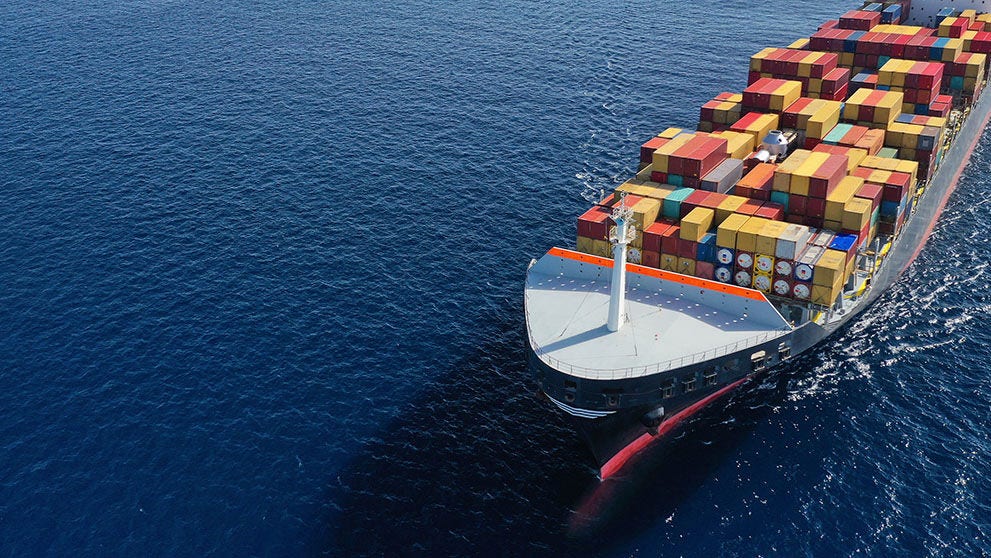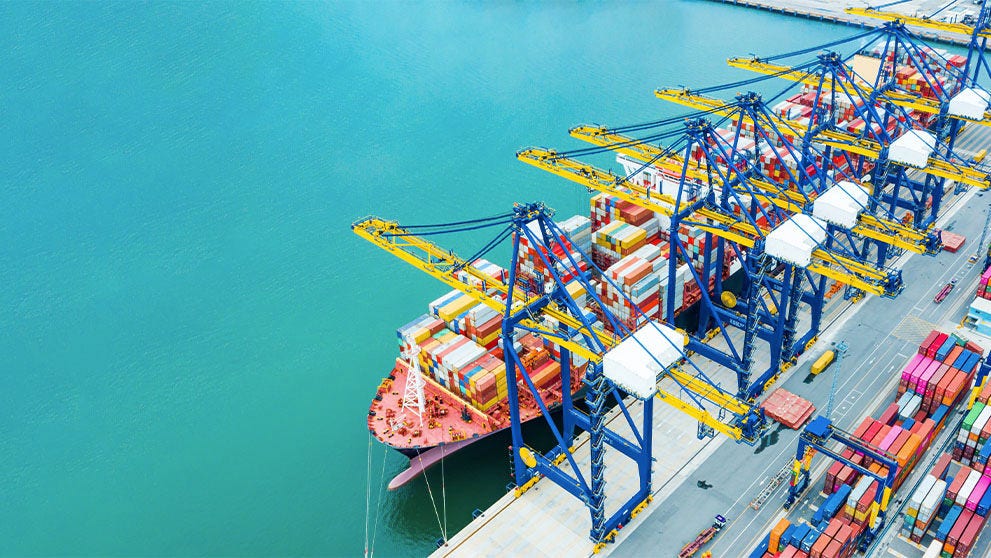
South African fashion is making waves – locally and internationally. If you’re a business crafting stylish garments and want to get them to your customers safely, whether just around the corner or overseas, nailing your shipping process is crucial.
Shipping clothes isn’t just about moving parcels; it’s about ensuring your creations arrive in perfect shape, ready to impress. Garments often travel long distances before reaching their new owners, and your customers expect their orders to show up on time and in pristine condition. This guide covers everything you need to know—from preparing your apparel to choosing packaging, handling customs, and keeping sustainability front of mind.
Shipping clothing: how to prepare the garments
How you prep your clothes sets the tone for the entire delivery experience. Careful folding and packing not only protects your product but also reflects your brand’s attention to quality.
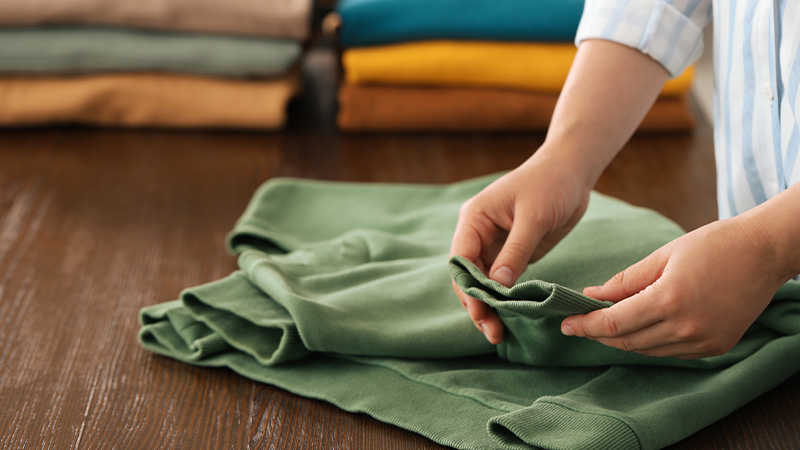
Fold each item properly
Different types of garments require different folding techniques to minimize wrinkles and save space:
- T-shirts & casual tops: Use the classic retail fold—lay flat, fold sleeves in, then fold vertically in thirds for a neat, compact package.
- Shirts & blouses: Button up fully, fold along seams, and add tissue paper between folds to reduce creases and protect delicate fabrics.
- Pants & jeans: Fold lengthwise, then again from hem to waistband. Tissue paper helps maintain shape and prevents harsh creases.
- Dresses & skirts: When hangers aren’t an option, fold carefully along natural seams like the waist or hem.
- Knitwear & sweaters: Avoid hanging to prevent stretching; fold gently with tissue paper to keep fabric soft and structured.
- Fragile items like wedding dresses or luxury fabrics: Use generous layers of tissue paper for delicate fabrics like wedding dresses.

Separate Shoes from Clothes
Shoes should always be packed separately in dust bags or shoeboxes to keep them clean and in shape.

Protect from Moisture
Before sealing up, give your garments a quick once-over—clean, wrinkle-free, and flawless presentation matters.
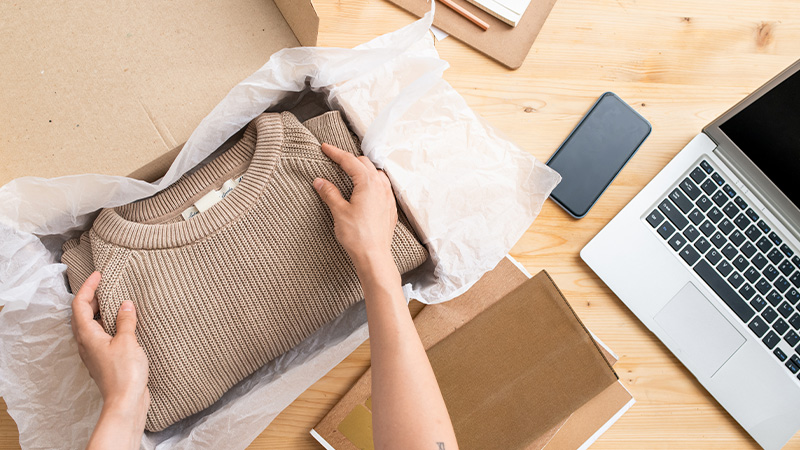
Presentation Matters
Before sealing up, give your garments a quick once-over—clean, wrinkle-free, and flawless presentation matters.
Choosing the Right Packaging
Packaging does more than protect your product; it’s an extension of your brand’s identity.
Poly Mailers: Lightweight and flexible, perfect for soft, non-fragile items like t-shirts and activewear, helping reduce shipping costs.
Corrugated Cardboard Boxes: Ideal for bulkier or structured items like jackets and multiple garments.
Garment Boxes & Bags: For formalwear and wrinkle-prone pieces, these keep your clothes flat or on hangers, preserving their look.
- Eco-Friendly Options: South Africa’s beauty deserves care—opt for recycled, recyclable, or biodegradable packaging when possible.
Labeling Your Shipment Correctly
A clear, secure label is essential to avoid delays. Place the shipment label on the top surface, fully visible, without covering seams. Keep other labels or documents off the same surface to prevent confusion. Consider including a spare label inside the package as a backup. Use a clear, self-adhesive pouch for any additional paperwork that must be outside the parcel.
Navigating Customs for International Shipments
Shipping beyond South Africa means dealing with customs — but it doesn’t have to be daunting.
Make sure your package includes:
A Commercial Invoice detailing contents, value, and origin
HS Codes to classify your products for smooth customs clearance
An Air Waybill outlining transport terms between you and the carrier
Familiarising yourself with these documents keeps your international shipments moving without a hitch.
Cost Considerations When Shipping Clothes
There are several key elements that determine how much you'll pay to ship clothing items, including the weight of the package, dimensions, destination and delivery speed.
Understanding these factors – and how to optimize them – can help you stay competitive without compromising on service:
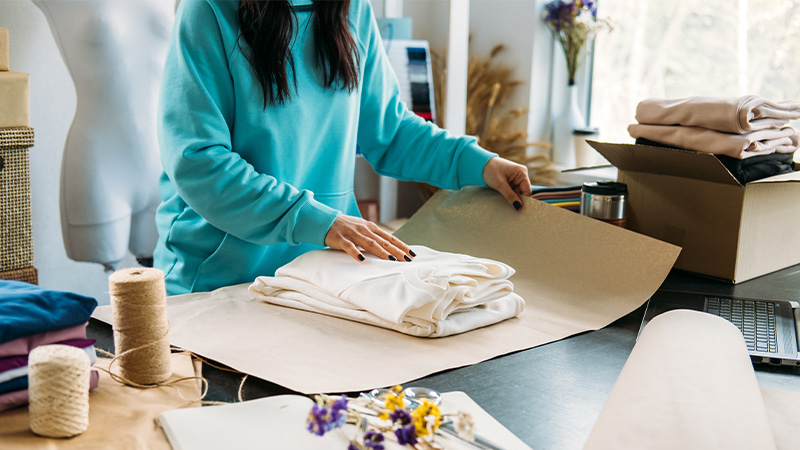
Minimize package size and weight
Choose appropriately sized packaging that fits garments snugly without excess space. Use lightweight materials like poly mailers for soft goods whenever possible.
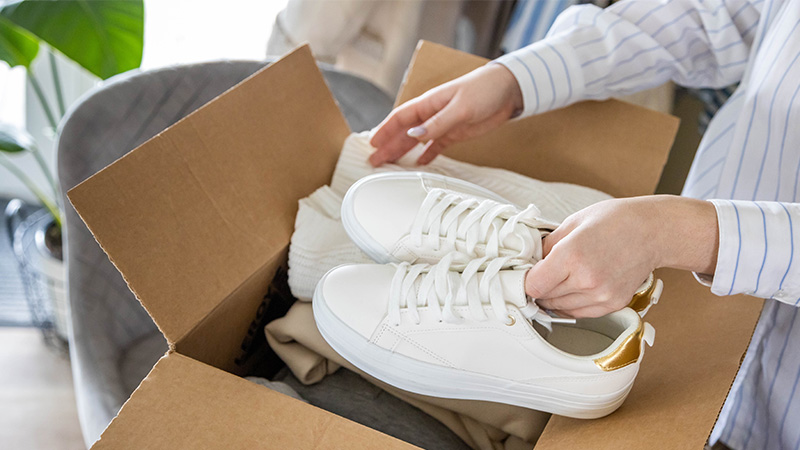
Consolidate shipments
Combine multiple items into a single shipment when possible. This reduces packaging material use and can lower per-item shipping rates.

Ship More, Save More with DHL
DHL’s Express’ Dynamic Discounting program helps small businesses by giving them increasing discounts as their shipping volume grows. Contact your local DHL rep to find out more.

Offer tiered shipping to customers
Give customers the option to pay more for express delivery or choose free shipping with a longer delivery window. This allows you to manage both cost and customer expectations.
A Word on Sustainability
South African customers increasingly back brands that care for the environment. DHL’s GoGreen Plus service lets you reduce your shipment’s carbon footprint by using Sustainable Aviation Fuel made from renewable sources like vegetable oils and animal fats. This can cut greenhouse gas emissions by up to 80% compared to traditional jet fuel. It’s a flexible option that suits small businesses and e-commerce brands looking to ship responsibly.
Ready to make your shipping seamless, reliable, and sustainable? Partner with DHL to deliver your fashion creations with confidence. Visit DHL’s website today to explore tailored shipping solutions and start your business account.
By following these steps, South African fashion businesses can ensure their garments arrive looking sharp, on time, and with a lighter environmental footprint—delighting customers every step of the way.
Whether you're sending out sweatshirts or silk dresses, there's always a more sustainable way to deliver. Explore carbon-friendly options like GoGreen Plus – and demonstrate your commitment to responsible, forward-thinking shipping.















